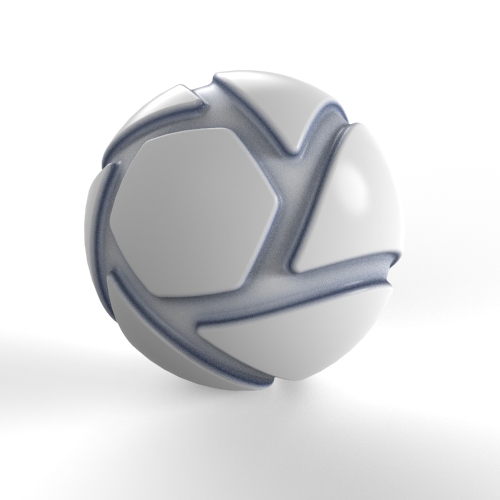The Occlusion procedural texture allows for the addition of proximity-based shading on a material. It can be used to accentuate or augment the self shadows cast on a material and along with the Material Graph, create interesting texture effects based on occluded and unoccluded areas.
Occluded
Choose a color that will be used where there are surface near each other. Examples would be a parting line, a fold of skin, or a narrow alley. For more natural results, choose a color that is a darker value of your “Unoccluded” color to create deeper shadows.
Unocludded
Choose a color that will be used where there is least amount of surfaces near each other. This will most likely be the base color, although there are other creative applications of this procedural texture.
Radius
It is the maximum distance towards any occluding object. If an object is further away it will not be considered in the occlusion computation. This value will control how deep or far the shaded “Occluded” color will reach on the model.
Falloff
This value controls how blended the two color are.

Bias
The bias settings control the intensity of the occlusion on the model.
Normal
This setting adjusts the contrast between the “Unoccluded” and “Occluded” colors on the model
X/Y/Z Bias
These settings increase the intensity of the “Occluded” color in relation the X, Y, and Z directions of your scene.
Advanced
Samples
this setting controls the quality of rendered image.
Sample Same Material Only
Enabling this option with only calculate the occlusion in relation to parts with this material applied, ignoring other parts.
Inside
This will invert the normal values to determine occlusion. This is useful when applying this material on a part that was not modeled with interior surfaces.
Fast
Since the Occlusion procedural texture emulates what is happening with global illumination, you can choose to ignore GI calculations on this material for faster renders.
Note
Occlusion is a ray-traced texture. This means that the texture will start out coarse, but will progressively get more refined and smooth, depending on the texture settings and your machine’s performance.